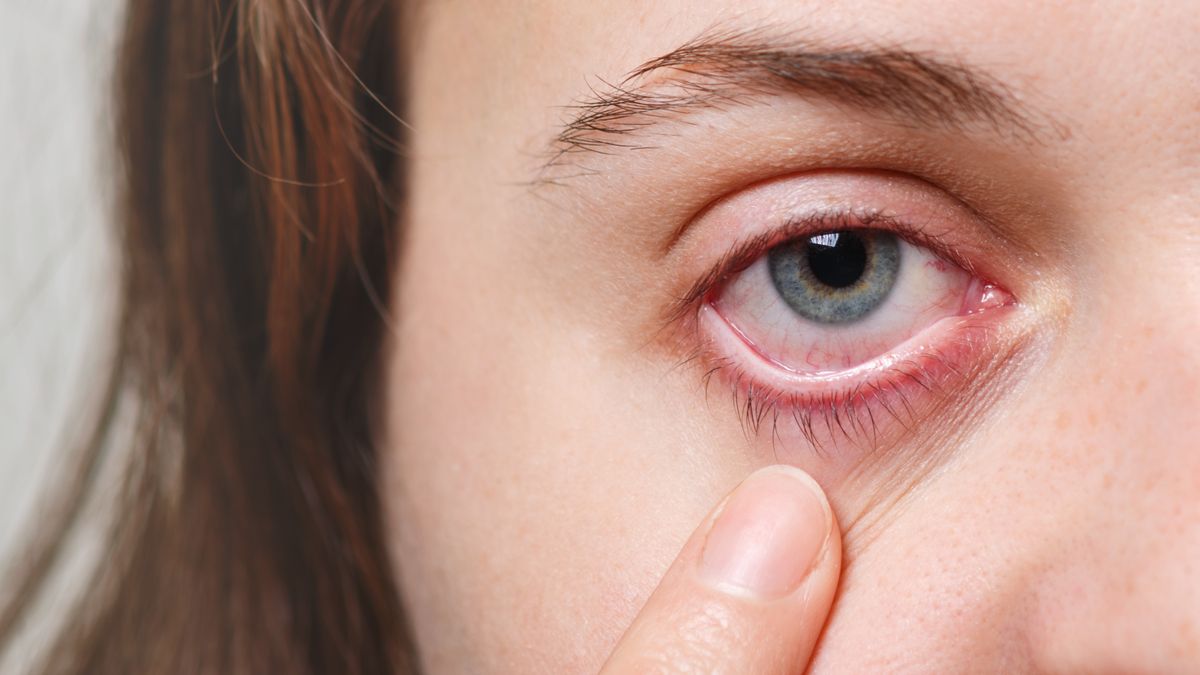That’s why, It is important that patients with conjunctivitis isolate themselves socially until the infection is resolved and that they perform correct hand hygiene with soap and alcohol to avoid spreading the infection. The picture can last between 2 to 4 weeks. Symptoms begin with a red eye and a foreign body sensation, then eyelid edema appears and eye congestion increases with abundant discharge, especially in the morning. Some patients may have blurred vision due to inflammation of the cornea. Because it is a virus, there is no specific treatment, only cold compresses, pain relievers and, in some cases, anti-inflammatory drugs. The antibiotics that are supplied in these cases are not to cure the virus, but to prevent bacterial contamination.
In most cases, it resolves over time and it is common for the patient to change ophthalmologist or center looking for a treatment that cures it quickly. This generates an overindication of drops with frequent changes of antibiotics, corticosteroids and excessive use of artificial tears that, in most cases, worsens the condition, generating toxic effects due to polypharmacy.
When resolved, it is normal for foreign body sensation and blurred vision, which is due to dry eye, to persist for 2 to 3 months. In some, blurred vision can be maintained for several months due to an inflammatory condition called keratitis. nummular, produced by the body itself, which attacks the cornea, stimulated by the scars left by the virus.
Allergic conjunctivitis, meanwhile, is an inflammation of the conjunctiva produced by allergens, particles present in the environment and that do not cause problems for most people. However, in allergic patients they produce an inflammatory response. The eyes are mucous membranes exposed to the environment all the time, which is why allergic conjunctivitis is frequent. Affects children between the ages of 4 and 12 and those over 60 years of age.
The main symptom is itching or pruritus, accompanied by red eyes and eyelid edema. It is more prevalent in the spring months due to the greater amount of allergens produced by the flowering of the plants. Its correct diagnosis is important through blood studies, ocular laboratory and a correct ophthalmological examination.
Their usual problem is that it is very difficult to avoid exposure to the environmental allergen. Therefore, the therapy is based on immunotherapy, that is, on trying to reduce the body’s own inflammatory response to allergen exposure.
Head of corneal transplantation at the German Hospital.
Source: Ambito
I am an author and journalist who has worked in the entertainment industry for over a decade. I currently work as a news editor at a major news website, and my focus is on covering the latest trends in entertainment. I also write occasional pieces for other outlets, and have authored two books about the entertainment industry.




